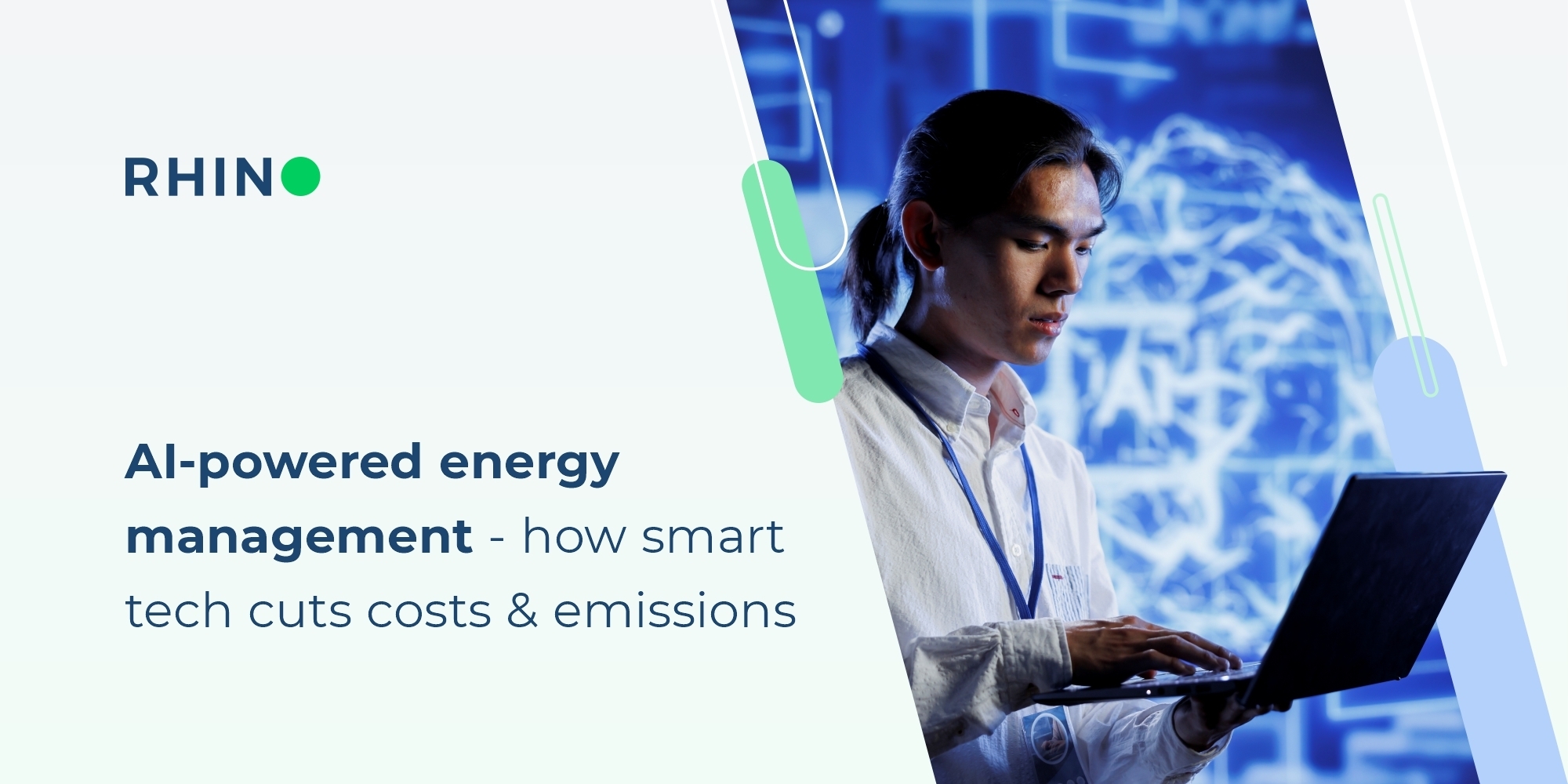
Automating Utility Data for ESG in Commercial Real Estate

In commercial real estate, ESG (Environmental, Social, and Governance) metrics are no longer a buzzword—they are a necessity. With investors, regulators, and tenants demanding more transparency and environmental accountability, building owners and managers must adopt effective strategies to track and report their sustainability efforts. One key to this is the automation of utility data, a step that can significantly improve the accuracy, efficiency, and impact of ESG reporting.
The Growing Importance of ESG Metrics
Commercial real estate significantly affects global carbon emissions, accounting for considerable energy consumption. As governments implement stricter regulations to address climate change, building owners face increasing pressure to meet ambitious targets for reducing emissions and improving energy efficiency. ESG metrics are a tool for quantifying and communicating these efforts, allowing stakeholders to gauge progress toward environmental and sustainability goals.
However, gathering utility data—such as electricity, gas, and water consumption—is often cumbersome. Many organizations rely on manual collection, with data coming from multiple, disconnected sources. This manual process is error-prone, time-consuming, and lacks the immediacy needed for proactive decision-making. That’s where utility data automation comes in.
How Utility Data Automation Helps ESG Efforts
Utility data automation enables real-time data collection from a building’s utility meters and submeters. Instead of waiting weeks or months to receive utility bills and compile spreadsheets, automated platforms centralize all consumption data in one place, allowing for a comprehensive overview of a building’s environmental impact at any moment.
1. Increased Data Accuracy
Manual Data collection often leads to mistakes, including misentered figures and missed invoices. By utilizing automated data aggregation, these errors are significantly reduced as it eliminates manual entry. This guarantees that stakeholders work with data that is both precise and uniform. Such reliability is essential for establishing trust with investors and regulators who depend on ESG reports to assess sustainability.
2. Real-Time Insights and Proactive Management
With automated data, building managers can gain real-time insights into energy, gas, and water consumption. This means that inefficiencies, waste, or unusual spikes in usage can be quickly identified and addressed. For example, if a building's water usage suddenly spikes, the automated system can send an alert, allowing management to address the issue—such as a leak—immediately rather than discovering it after the monthly water bill arrives.
3. Simplified ESG Reporting
For ESG reporting, data needs to be compiled, normalized, and presented in a format that meets the standards set by frameworks like GRESB or CDP. Automated data aggregation platforms can simplify this process by ensuring that all the necessary data is readily available and properly formatted, saving time and reducing stress during reporting periods. This streamlined approach allows building owners to more easily fulfill reporting obligations and demonstrate compliance with environmental standards.
Rhino: A Solution for Automated Utility Data
At Rhino, we provide a comprehensive data aggregation platform that pulls real-time consumption data for electricity, gas, and water for commercial real estate. Our solution makes it easy to automate utility data collection across an entire building or portfolio, ensuring that your ESG metrics are accurate, reliable, and always up-to-date.
With Rhino, building owners and managers can centralize their utility data, gain actionable insights, and simplify ESG reporting. Our platform is designed to integrate seamlessly with existing systems, providing a real-time overview of energy consumption and helping you stay ahead of sustainability goals. By using Rhino's data automation tools, you can not only streamline the process of tracking energy usage but also demonstrate a strong commitment to environmental stewardship, giving you a competitive edge in the market.
A Competitive Edge for Commercial Real Estate
Automation of utility data not only contributes to achieving sustainability goals but also provides a competitive edge in the market. Tenants are increasingly aware of the environmental footprint of the spaces they occupy, and many prefer to lease in buildings that actively monitor and reduce energy consumption. Real estate owners who can demonstrate strong ESG performance are also more attractive to investors, who see reduced risk and a commitment to sustainability.
Moreover, automated utility data collection allows building portfolios to benchmark performance across properties, identifying best practices and areas for improvement. This portfolio-level visibility is essential for owners who manage multiple properties, as it provides a comprehensive perspective on how each asset contributes to overall sustainability goals.
Conclusion
Automating utility data for ESG reporting is no longer an optional upgrade for commercial real estate—it's a necessity. It drives accuracy, provides real-time insights, simplifies compliance, and enhances transparency. In an environment where sustainability is becoming a non-negotiable priority, embracing automation is a step that helps not only to meet regulatory requirements but also to attract environmentally-conscious tenants and investors.
The future of commercial real estate lies in its ability to adapt to these changing demands, and utility data automation is a critical tool for building that future. By leveraging these technologies, owners can not only improve their buildings' performance but also demonstrate a genuine commitment to environmental stewardship—something that benefits everyone, from tenants to the planet itself.

.png?width=1000&height=400&name=blog_udfesg%20(1).png)
